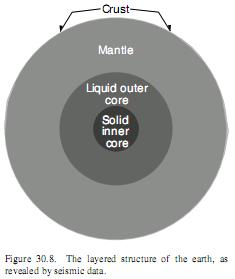Currently, I believe the 30’s depression was a crisis of confidence and expertise.
Confidence: Most of the world had been farming for 7000+ years. When things got rough with this new-fangled manufacturing thing, people yearned for the normal days of yore – rosy colored to the mind. And wallowed in the yearning instead of moving ahead to dependency on manufacturing.
Expertise: Every society that moved from farming to manufacturing had huge, painful dislocations. Witness the mondo revolutions and wars of the 19th and 20th centuries. The Brits were the pioneers and reaped big rewards and big pains. Later societies benefited from hard-won knowledge. It now takes 1 generation to transition from farming to manufacturing. During the 30’s people simply didn’t know how to operate a world-wide manufacturing system. Witness the economic ineptitude saturating that decade.
It took trained, younger people to trust that new manufacturing stuff. They were ready to do so after WWII.
In the last couple of decades the manufacturing world has ridden the same curve that the farming world took. Nobody in the “advanced countries” works down at the plant anymore. People work in offices moving information in jobs that were completely unknown 50 years ago. Huge transitions like that are hard to pull off. My direct experience is that there is a lot of money out there looking for good, new ideas. But not finding them. The expertise simply isn’t there yet.
To someone of the early 20th century is must seem odd that we’ve not had a 30’s style depression. I have figured that’s for these reasons:
- The difference between humans living through 4 generations of manufacturing and living through 400 generations of farming. We’re not genetically selected to view jobs on the line through rosy eyes.
- That the world’s political leadership is not entranced by disastrous socialist ideas this time around.
- The baby booms have been going through their peak productive years.
I’m a blatant optimist. Yes, it’s possible to botch things up. But the fundamentals are that the whole world is wiring up and inter-trading. 4 out of 6 billion people are coming out of subsistence farming. It’s an amazing boom time, like no other in human history. And, to top it off, as the world’s population soon catastrophically levels off, it will be almost to the day (in broad, historical terms) that humans will be able to produce huge numbers of optimized “humans”:
- Bio-engineered living things.
- Robots.
Still looking broadly, I can see only these limiting factors:
- The bio-shell around the Earth.
- Confusion and insanity.
Both are effectively limitless. But we shall see.
Near term: On the bright side, it’s less than 1 month before the US media starts their upbeat, “dawn in America” campaign. Set your watch.

